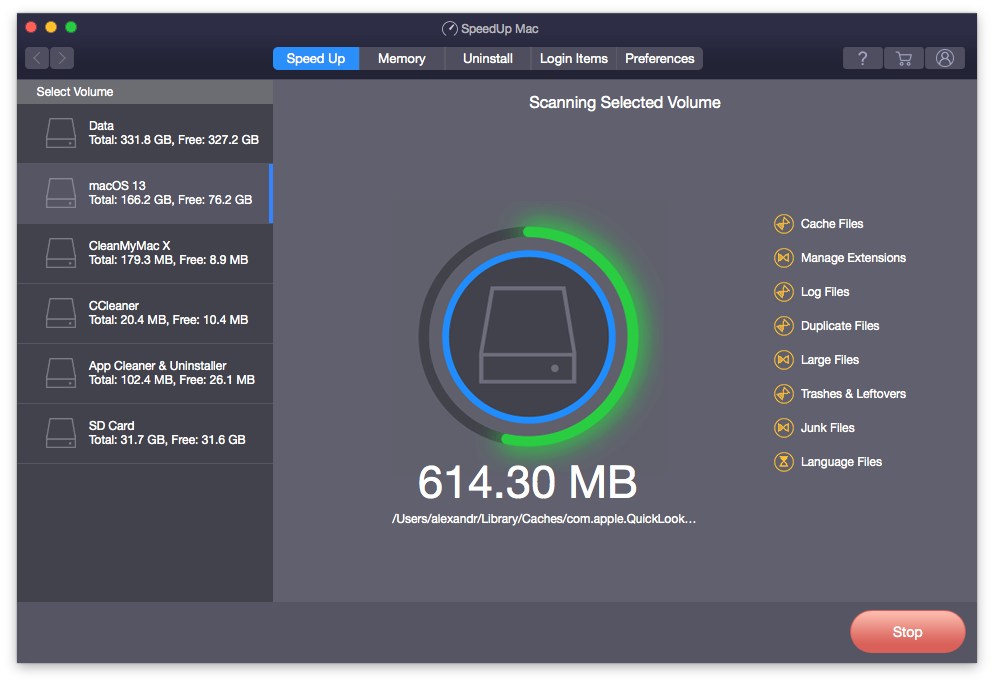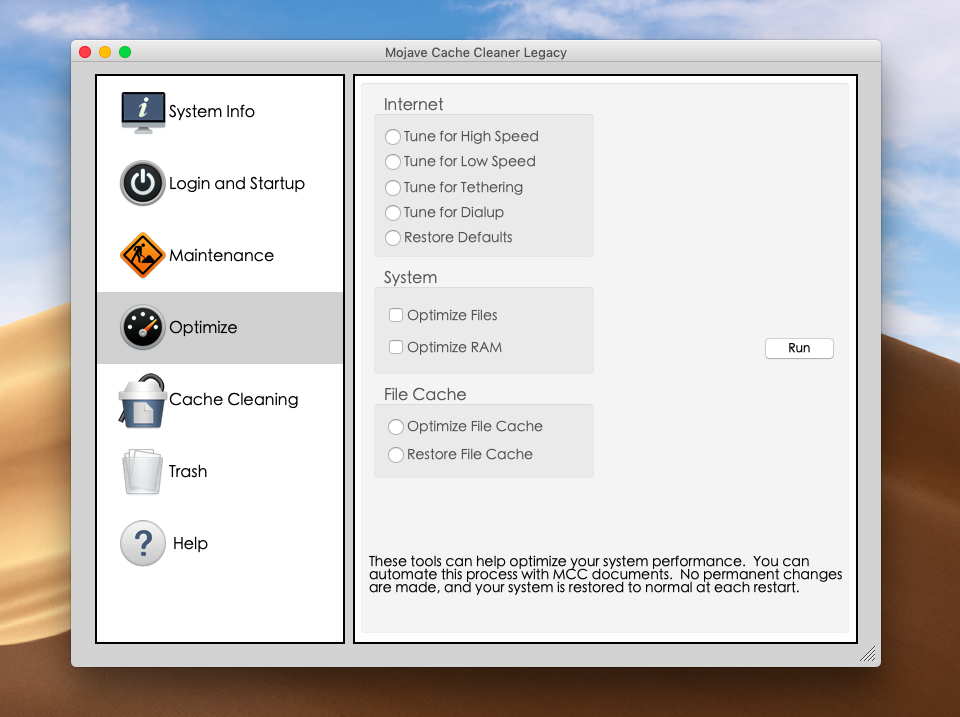

- #Mac mojave cache cleaner mac os x
- #Mac mojave cache cleaner password
- #Mac mojave cache cleaner windows

In the Finder, press Command-N to open a new window.The following steps set up the Finder so you can locate files in System folders that are not normally included in Find operations.
#Mac mojave cache cleaner mac os x
Rather than exhaustively list the possible names and locations for Adobe font caches, it is simpler to use the Find feature of the Mac OS X Finder to locate these files for you, then delete them. The different versions of Adobe applications create font caches with various names in several locations. If your font display problems are limited to Adobe applications, it may be due to a corrupt Adobe-specific font cache. When the process is complete, type exit to end your command line session, choose File > Quit to exit Terminal, then restart your Macintosh.
#Mac mojave cache cleaner password
Type your password at the prompt (no characters will echo back to the screen).Type sudo atsutil databases -remove and press Return.Start Terminal (located in the Utilities folder press Command-Shift-U to open this folder).To use the utility, you need to log in with an administrator account. sudo /etc/init.OS X includes a command line utility for cleaning the system font cache. You may need to enter your password to finish the process. If you use BIND for DNS service, there are a few commands you can use to flush its DNS cache. You will see the response when the service stops and starts again. Use this command to clear the dnsmasq DNS cache on your Linux machine: sudo /etc/init.d/dnsmasq restartĮnter your password again, if the terminal asks you to. The process stops and then starts the NCSD service within seconds. Use this command to clear NCSD DNS cache on your Linux machine: sudo /etc/init.d/nscd restartĮnter your password if necessary. Press Ctrl+Alt+T on your keyboard and use the corresponding command to clear the DNS cache for the service your Linux system is running. Some of them are NCSD (Name Service Caching Daemon), dnsmasq, and BIND (Berkely Internet Name Domain).įor every distribution, you need to launch a terminal window. It depends on which service you have on your distribution and whether it is enabled by default. Some distributions, like Ubuntu, don’t have a default DNS service at all. Each Linux distribution might use a different DNS service.
#Mac mojave cache cleaner windows
Linux distributions are a bit different from Windows and Mac machines. You should get the correct and updated IP mapping from DNS servers next time your machine sends a DNS query. The DNS Cache database on your computer is now clear. Open the Start Menu and start typing command prompt until you see it in the results.

Load the Command Prompt as an administrator. Foe the example below, we will be using Windows 10.ġ. The procedure is the same for almost all Windows systems. Sudo discoveryutil mdnsflushcache sudo discoveryutil udnsflushcachesĬlearing DNS cache is an easy and quick process. Sudo dscacheutil -flushcache sudo killall -HUP mDNSResponder You can copy and paste them directly from the table into your terminal. The table below lists the commands for clearing the DNS cache on most macOS and Mac OS X versions. For example: sudo killall -HUP mDNSResponder say dns cleared successfully Flush DNS Commands on Older macOS and Mac OS X Versions Note: If you want to hear an audio notification after the DNS flush is complete, type say some text after the first command.


 0 kommentar(er)
0 kommentar(er)
